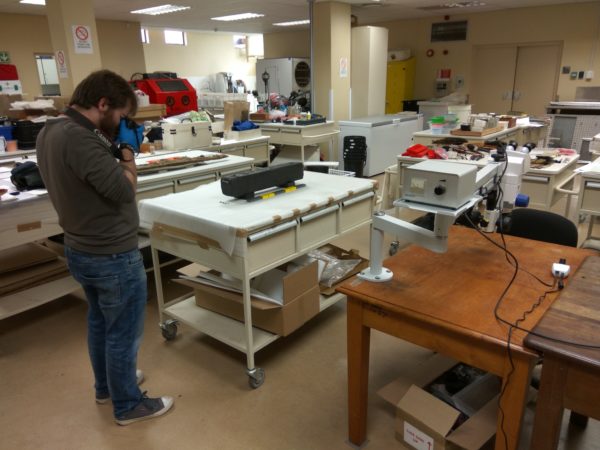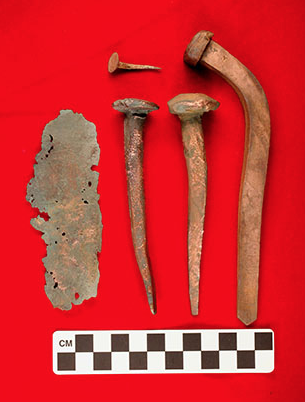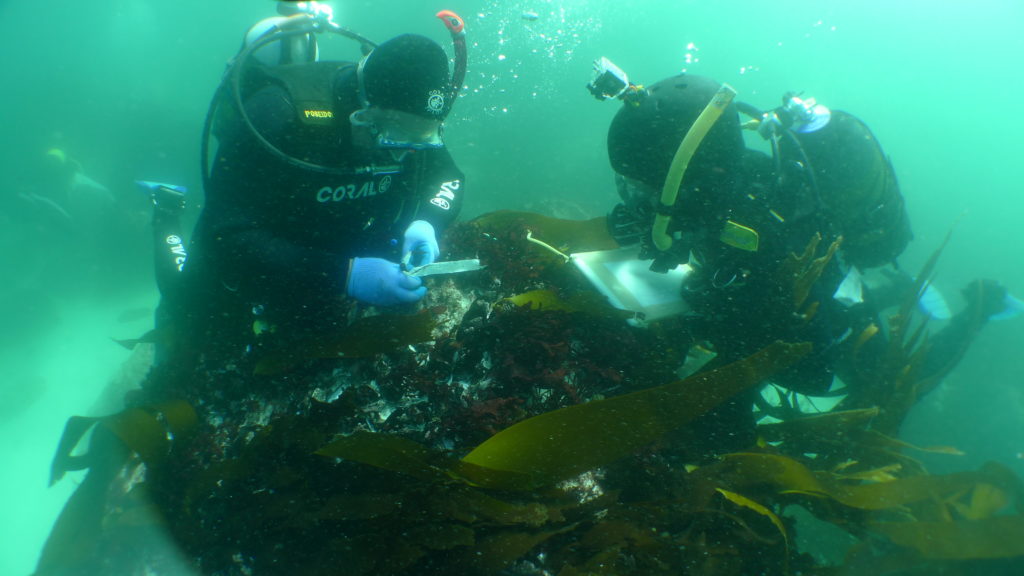For more than 200 years the shipwreck of the São José Paquete d’Africa has gone undiscovered beneath the waves of one of the Mother City’s most popular beaches.
Boshoff and his partner, Dr Stephen Lubkemann, from George Washington University in the US, are head investigators of the international Slave Wrecks Project, a global archaeological and research effort that began in 2008.
The project aimed to locate the São José based on archival documents of the Dutch East India Company that governed the Cape Colony until 1795, which were stored in the Western Cape Archives and Records Service.
After many failed searches near Camps Bay, the researchers reexamined the records and set their sights on Clifton Beaches.
An archival document found in the Arquivo Historico Ultramarino archive in Lisbon, Portugal, by Dr Lubkemann states that the São José left Lisbon on 27 April 1794 for Mozambique via Cape Town with 1 400 iron ballast bars in its cargo.

On 3 December 1794, Captain Manuel Joao Perreira sailed from Mozambique for Brazil’s Maranhão state. Perreira was planning a stop in Cape Town to take on provisions before crossing the Atlantic, where he intended to sell the 512 slaves. However, the ship ran into trouble off the Cape Peninsula and sank. More than 200 slaves died, while the survivors were sold into slavery in Cape Town.

In 2014 the persistence of researches paid off and the wreck was discovered in the ocean close to Clifton’s 3rd beach and the first few artifacts were brought above water.
England-born, Nancy Child, an artifact conservator, left her job at the University of Oslo’s Cultural Heritage Museums in 2006 to come to South Africa and preserve items retrieved from the São José wreck site.
Her top priority was to ready some of the artifacts – including the shackles, nails and cladding used for the ship’s construction – for a permanent exhibition on the São José that will open on 12 December 2018 in The Mother City’s Slave Lodge history museum.
On 2 June 2015, soil from Mozambique was deposited over the São José wreck site during a solemn memorial ceremony honouring those who lost their lives or were sold into slavery. The South African government has since declared the site a national monument.
It’s hard to believe that a rich time capsule of history lay below the locals and visitors of Clifton beach, waiting to be discovered for so many years.
Pictures: Supplied






